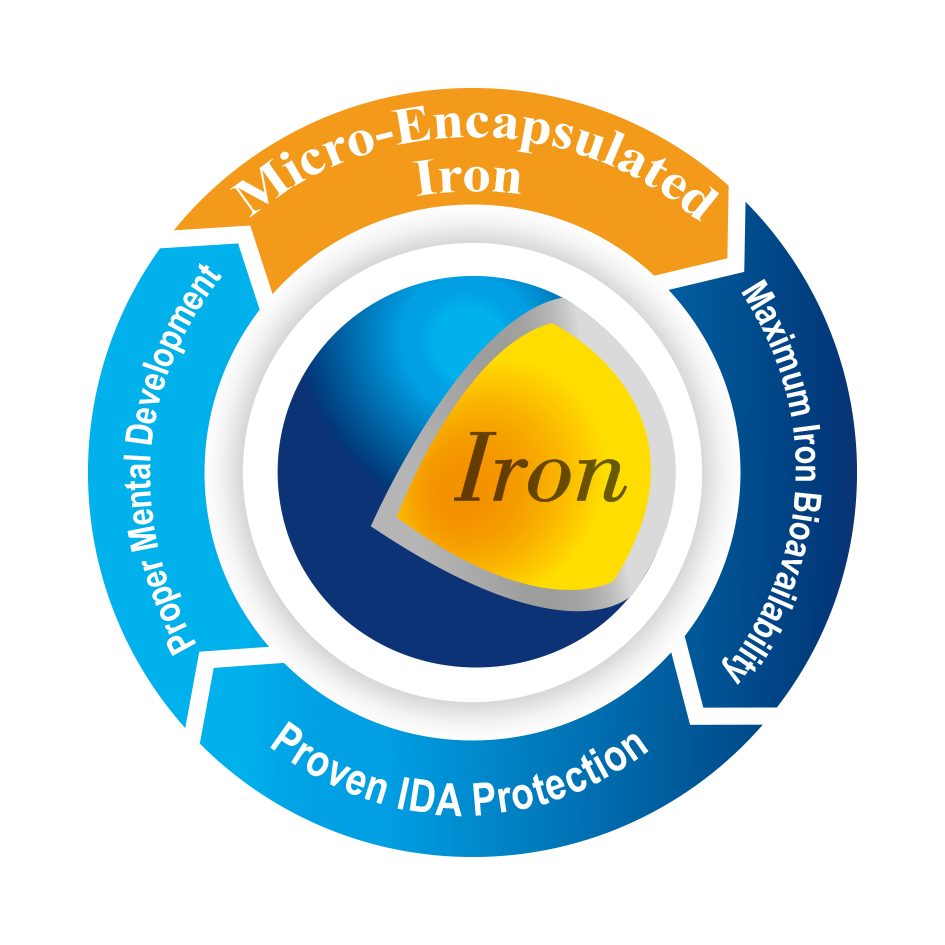
Guide for Formula Feeding (Zero to 12 Months)
- When breast milk is not available, standard infant formula is an appropriate alternative for most healthy full-term infants, but there are some differences between brands. Do not hesitate to ask your health care provider for a recommendation if you are unsure which formula to use.
- Bottle-feeding should be interactive, with the caregiver holding both the bottle and the infant. Propping a bottle has been linked to an increased risk of ear infections and tooth decay.
- Formula feeding should be in response to the infant’s needs and not based on a predetermined schedule. Look for cues of hunger and fullness to determine both when to feed and how much. The number of wet diapers per day and your child’s growth will reflect if he or she is getting enough formula.
- The amount of formula an infant take will decrease as the baby increases intake of solid foods, but formula remains a significant source of calories, protein, calcium and vitamin D for the first year of life.
- Ask your health care provider before switching an infant less than 1 year of age from formula to cow’s milk or a cow’s milk alternative.
Formula Preparation instructions

1- Place the utensils (bottles, nipples, caps) in a pot of water and boil for at least ten minutes to sterilize.

2- Boil drinking water for the feed for at least ten minutes. Let the water cool (to approximately 70°C).

3- Pour the required quantity of cooled water into a feeding bottle.

4- Measure the correct number of level scoops into the bottle; use only the scoop from the tin. To obtain a level scoopful, dip the scoop into the tin and remove excess powder by using the back of a clean and dry knife.

5- Cap bottle and shake vigorously.

6- Check the temperature before feeding by testing a few drops on the inside of your wrist.
